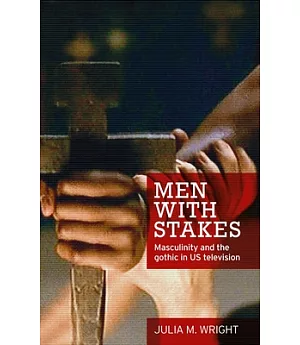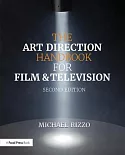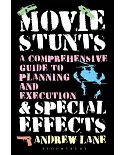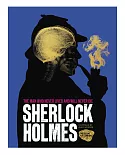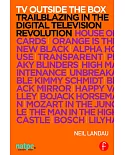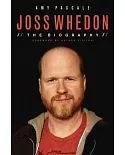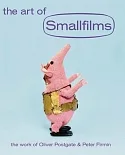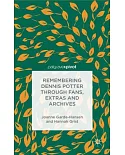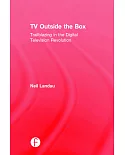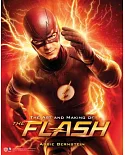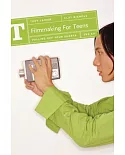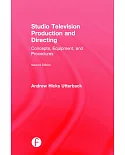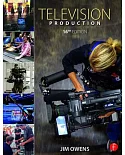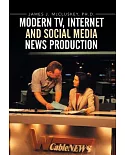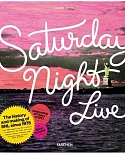Men with stakes moves beyond a focus on gothic machinery (those things that go bump in the night) and television adaptations of literary gothic. It considers television gothic in light of
recent discussion and scholarship on the mode itself, from Burkean ideas of obscurity to the mode’s allusiveness and fundamental challenge to televisual realism, an approach that requires
detailed attention to specific episodes. This study therefore contributes not only to gothic television studies but also to gothic studies and television studies as distinct fields.
Men with stakes specifically examines the ways in which the gothic mode is used to call into question conventional depictions of masculinity. Released from the mandate of realism to describe
the world as it is supposed to be, television gothic calls attention to the constructedness of culture. Of particular interest here is attention to the artificiality of gender in television
gothic and therefore the possibility of re-imagining men’s agency, authority and the legitimated forms of knowledge with which men are traditionally associated (science in particular). In this
context, after an overview of gothic television’s larger history, this study discusses in some depth seven series from the last two decades: American Gothic (CBS, 1995-1996), Millennium (Fox,
1996-1999), Angel (WB, 1999-2004), Carnivàle (HBO, 2003, 2005), Point Pleasant (Fox, 2005-2006), Supernatural (WB, 2005-2006; CW, 2006- ), and American Horror Story (FX, 2011- ).
This study will be of interest to academics and researchers in gothic studies, television studies and gender studies but will also appeal to those with a general interest in the television
series.

